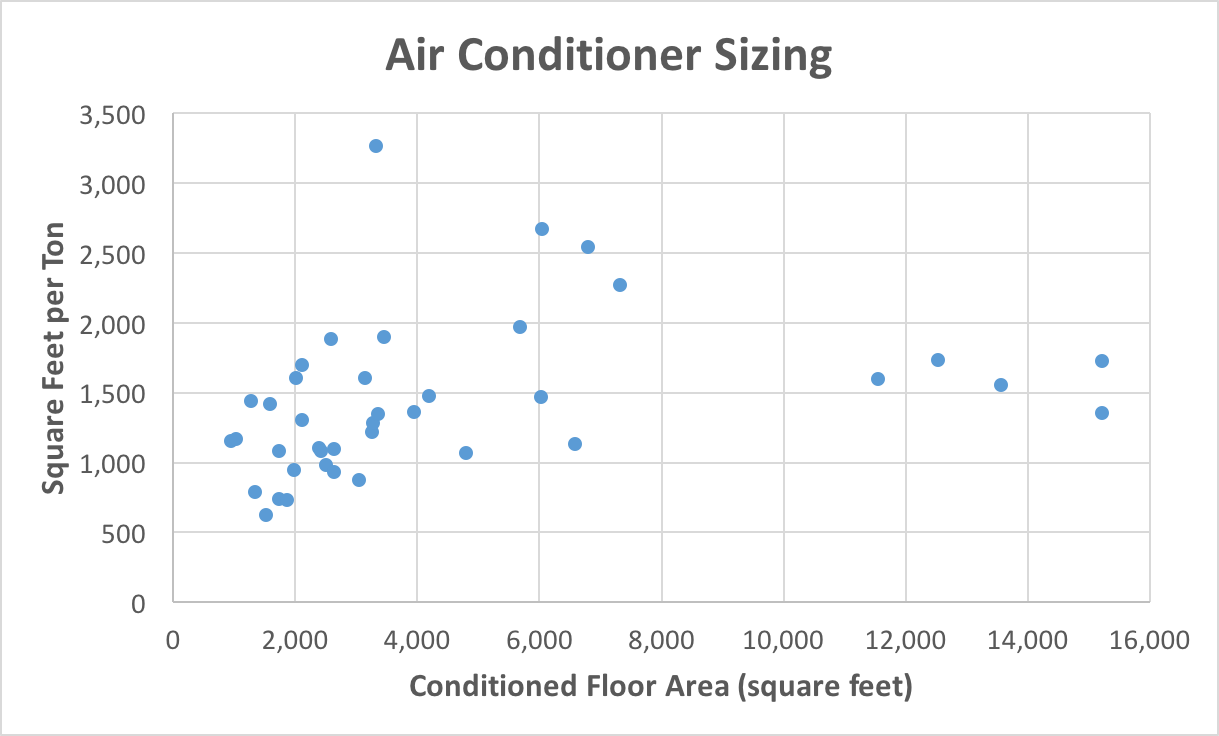I'm getting conflicting advice so I'm really hoping someone can help me in deciding (I'm a new home-owner with just the most basic understanding of this - not an AC specialist).
2 Options:
- Install Ductless (Mitsubish 14K BTU - GL15NA) on second floor
- Replace existing 80,000 MBTUH furnace (Keeprite N9MSB) installed in 2017 with 40,000 MBTUH one (Trane S9V2)
Situation:
- I'm in Toronto, Canada in a 100+ year old ~1,300 sq ft semi-detached house (2 floors plus basement and a closed off attic - only insulation there)
(so, according to this https://www.acdirect.com/gas-heat-learning-center-furnace-sizing-calculator , a properly sized furnace would be 1,300 * 50 (at least) = 65K .. the N9MSB is rated 92.1% so * 80,000 = 74K --> which to me doesn't seem all that far off from what we have)
- We do have ducts, HVAC and Gas furnace (basement)
- Issue is - 2nd floor (3 separate rooms plus bathroom) really heats up, both in Winter and Summer ..... for Winter, well, we just keep main floor cool at night so we can dress warmer and live with that; but in Summer - it's just too hot upstairs
I was hoping to get someone to diagnose the problem and offer different solutions (neighbours mentioned for example installing some fans in the ducts) with pros/cons and cost. Well, that did not happen.
Instead, I had HVAC guy come in and he said our furnace is too strong and so cools off main floor fairly quickly so not enough air gets in that time upstairs. His solution is to replace the furnace - i.e. air will circulate longer so getting more of it upstairs, plus removing more humidity. He said ductless wouldn't work well for us as it'd be prohibitively expensive to get one for each of the rooms (plus the rooms are small), whereas getting just one unit wouldn't be good either since we'd have to keep bedroom doors open and even then it still wouldn't cool them enough.
I had a ductless guy come too, it was the opposite - saying one unit could keep the entire floor/3 bedrooms cool, whereas even if we did install another furnace that wouldn't work since we have only one return (on main floor) and air would warm up in the big ducts anyways by the time it would get to the bedrooms.
Both solutions have a very similar price of about $5K after taxes.
How do I decide? Will one / both of those solutions really allow me to keep the bedrooms upstairs cool in the summer?
2 Options:
- Install Ductless (Mitsubish 14K BTU - GL15NA) on second floor
- Replace existing 80,000 MBTUH furnace (Keeprite N9MSB) installed in 2017 with 40,000 MBTUH one (Trane S9V2)
Situation:
- I'm in Toronto, Canada in a 100+ year old ~1,300 sq ft semi-detached house (2 floors plus basement and a closed off attic - only insulation there)
(so, according to this https://www.acdirect.com/gas-heat-learning-center-furnace-sizing-calculator , a properly sized furnace would be 1,300 * 50 (at least) = 65K .. the N9MSB is rated 92.1% so * 80,000 = 74K --> which to me doesn't seem all that far off from what we have)
- We do have ducts, HVAC and Gas furnace (basement)
- Issue is - 2nd floor (3 separate rooms plus bathroom) really heats up, both in Winter and Summer ..... for Winter, well, we just keep main floor cool at night so we can dress warmer and live with that; but in Summer - it's just too hot upstairs
I was hoping to get someone to diagnose the problem and offer different solutions (neighbours mentioned for example installing some fans in the ducts) with pros/cons and cost. Well, that did not happen.
Instead, I had HVAC guy come in and he said our furnace is too strong and so cools off main floor fairly quickly so not enough air gets in that time upstairs. His solution is to replace the furnace - i.e. air will circulate longer so getting more of it upstairs, plus removing more humidity. He said ductless wouldn't work well for us as it'd be prohibitively expensive to get one for each of the rooms (plus the rooms are small), whereas getting just one unit wouldn't be good either since we'd have to keep bedroom doors open and even then it still wouldn't cool them enough.
I had a ductless guy come too, it was the opposite - saying one unit could keep the entire floor/3 bedrooms cool, whereas even if we did install another furnace that wouldn't work since we have only one return (on main floor) and air would warm up in the big ducts anyways by the time it would get to the bedrooms.
Both solutions have a very similar price of about $5K after taxes.
How do I decide? Will one / both of those solutions really allow me to keep the bedrooms upstairs cool in the summer?

